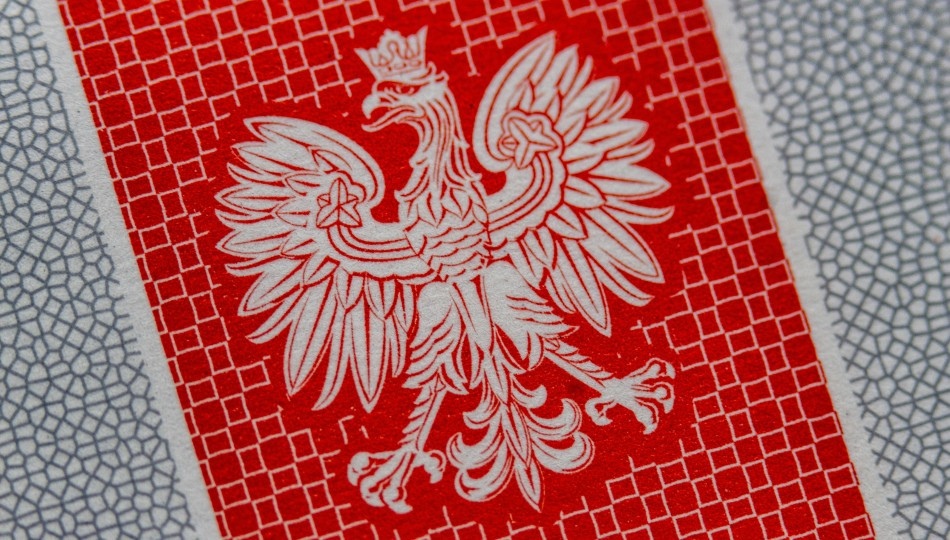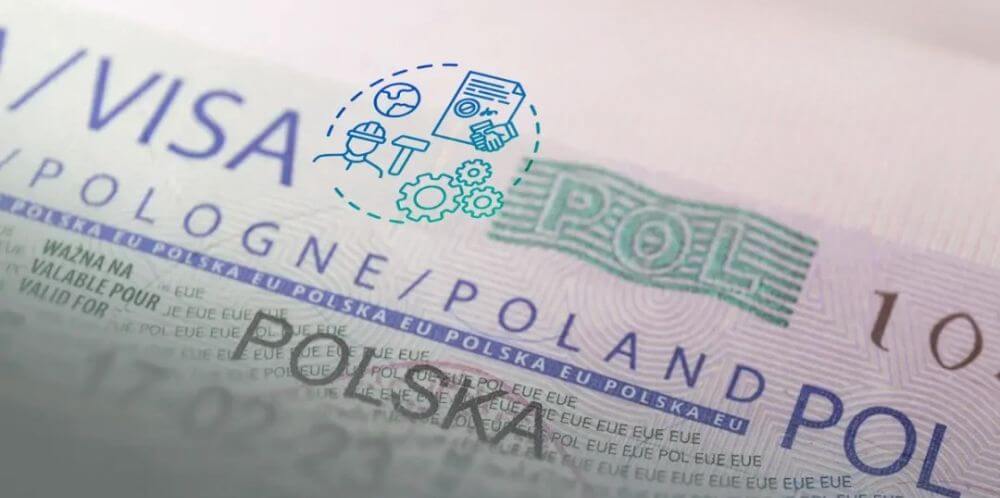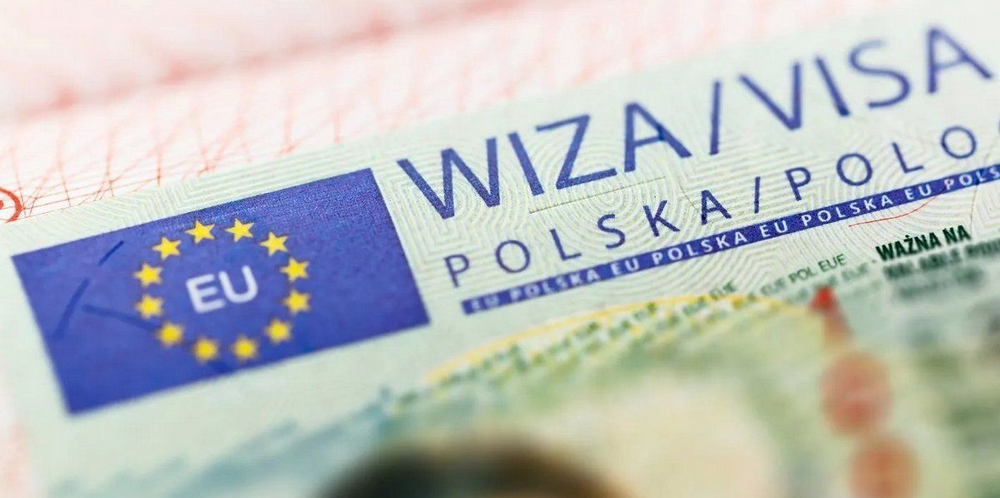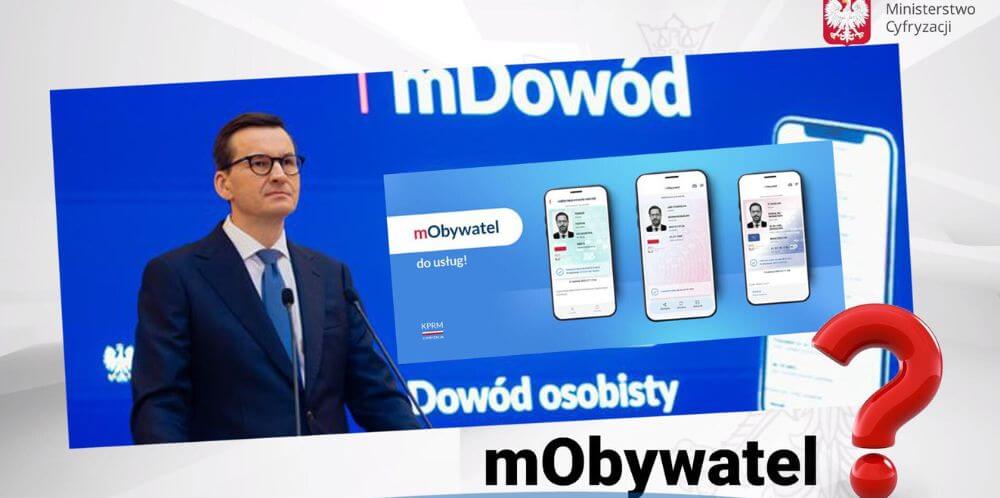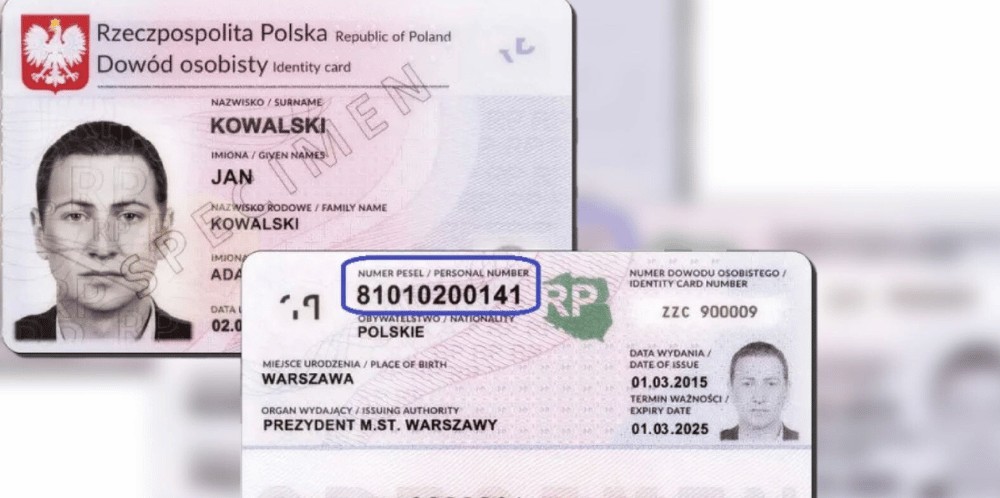If you are to stay in Poland, sooner or later you will find yourself in need of a Polish bank account. The decision, however, is not an easy one. How do you choose the best offer from the wide array of bank branches and available services? Let us consider how to best manage your finances in Poland.
REQUIRED DOCUMENTSThe process of setting up a bank account always requires an identity check – which in turn means presenting a few necessary documents, such as your national identity card, passport, and sometimes even your Polish residence card. As you may expect, the requirements can vary greatly depending on the bank’s policy, your residency status in Poland, or your country of origin. In most cases, citizens of the European Union do not need to provide any additional documents besides their ID or passport. Non-EU nationals however are often requested to prove their residency or registered address in Poland. If you are a student, your student ID might come in handy, too.
MAIN OBSTACLESNowadays, most Polish banks allow customers to open an account online but the service may not always be available to foreigners. Sometimes you may be asked to present your documents and sign the agreement in person, in the branch. On the upside, the biggest and most popular banks (especially in major cities) have English-speaking staff, who are prepared to serve foreign customers. On the downside, it is highly likely that your contract will still be in Polish – banks are not required to draw up contracts in other languages, and in truth, few choose to do so. Because of that, it is recommended that you are assisted by a trusted Polish-speaking person, who will help you fully understand what you are signing. Fortunately, the move towards more foreigner-friendly banking services in Poland is observable. Managing your finances is gradually becoming easier, even if you are not a fluent speaker of Polish. A lot of ATMs have multiple language options. More banks are also establishing special phone lines for foreigners or launching useful mobile applications, which are usually available in different language versions. It is worth looking through all the options when choosing your bank – some services may prove to be better suited for foreigners than others.
FEESOpening a current bank account is generally free but bear in mind that you may incur a number of small fees for its maintenance. Some banks charge their customers for wire transfers, card maintenance, or an inactive account, others request that you spend a certain amount with your card every month. Foreigners should also pay special attention to international money transfers, which sometimes carry additional fees. As regards ATM withdrawals, each bank has its own nationwide network of cash machines – it is of course best to use the ones operated by your bank or check if you can withdraw money from independently-run ATMs for free. The bottom line is, no matter which service you choose, always make sure to read the fine print before signing your contract.
LOANSIn recent years, a lot of Polish banks have decided to change their policies concerning cash loans for foreigners. Nowadays, a loan can also be granted to third-country nationals (from outside the European Union), provided that they meet certain conditions. The criteria may obviously vary from one bank to another, but there are a few common factors most banks will definitely take into consideration when determining your loan eligibility. These usually include your:
• residency status
• source of income and employment history in Poland
• credit history and banking history in Poland (how long you have had an active Polish bank account)
• employment status (e.g. whether you are self-employed or work for a company)
• marital status and education
If you have been presented with a loan offer, remember to carefully analyze all its conditions before reaching the final decision – so as to be sure you understand all the fees. You should pay close attention to such elements as the interest rate, the length, and the amount of your loan, a prepayment penalty, or APR – the annual percentage rate of charge.




